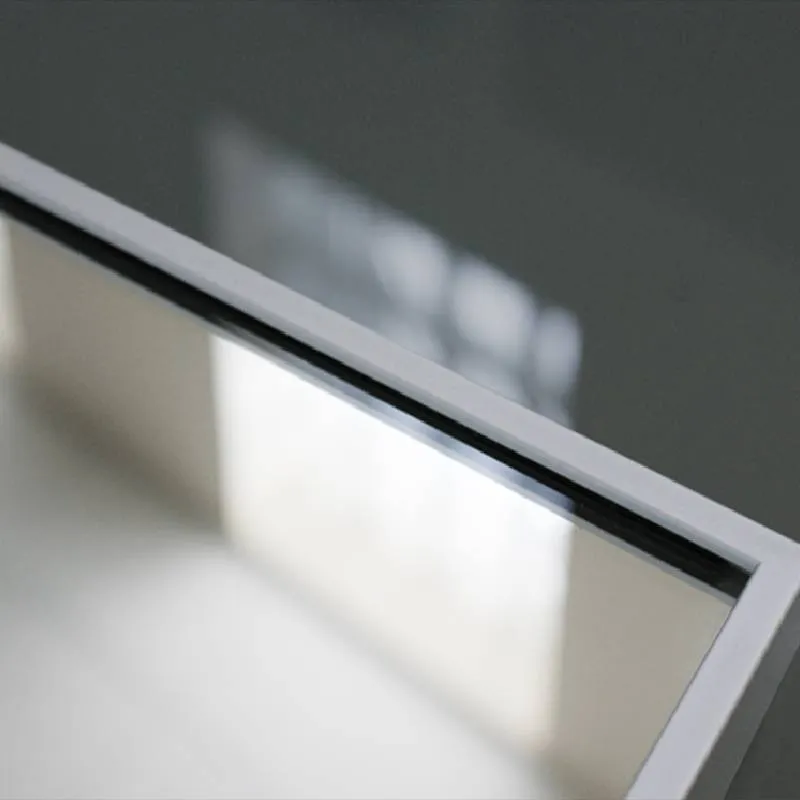

The Promise of Low-E 180 Glass in Modern Architecture
In the realm of modern architecture, the materials we choose for our buildings can greatly impact their energy efficiency, aesthetic appeal, and overall functionality. One material that has garnered significant attention in recent years is Low-E 180 glass. This innovative product is revolutionizing the way we think about windows and facades in both residential and commercial construction.
Low-E, or low emissivity, glass is coated with a thin layer of metal oxide that significantly reduces the amount of infrared and ultraviolet light that can pass through it. Specifically, Low-E 180 glass refers to a type designed to be highly effective in reflecting heat back to its source, while still allowing a considerable amount of visible light to enter. This unique combination makes it particularly valuable in regions with extreme temperature variations.
The Promise of Low-E 180 Glass in Modern Architecture
In addition to its practical advantages, Low-E 180 glass also offers aesthetic benefits. Architects and designers have the freedom to create stunning, contemporary facades that maximize natural light without compromising on comfort. The clarity and brilliance of Low-E glass enhance the beauty of a building, allowing for expansive views and bright interiors. This is particularly important in urban environments, where natural light is often at a premium. With Low-E 180 glass, large windows can be installed without the risk of uncomfortable heat gain or loss, bringing the outdoors in while maintaining a pleasant indoor climate.

Moreover, Low-E 180 glass contributes to the durability and longevity of buildings. Its protective coating helps prevent fading of interior furnishings and finishes, which can occur with exposure to harmful UV rays. This not only preserves the aesthetic integrity of the building over time but also reduces the need for repairs and replacements, contributing to lower maintenance costs.
Another crucial factor to consider is the privacy and comfort that Low-E 180 glass provides. This type of glass can provide a certain level of privacy without sacrificing the amount of light entering a space. Its reflective properties mean that, from the outside, views into the interior can be somewhat obscured, allowing occupants to feel secure and private.
As environmental concerns grow, the construction industry is taking significant strides towards sustainable practices. The incorporation of Low-E 180 glass is a simple yet effective way to enhance the energy performance of buildings and promote eco-friendly construction. With various manufacturers now offering Low-E options in multiple styles and finishes, architects and builders are well-equipped to integrate this advanced glazing technology into their projects.
In conclusion, Low-E 180 glass represents a significant advancement in architectural materials. By combining energy efficiency, aesthetic appeal, durability, and privacy, it meets the diverse needs of modern architecture. As we move toward a more sustainable future, incorporating Low-E 180 glass into our buildings is not just a choice but a responsibility that architects and builders must embrace. With the rising demand for energy-efficient solutions, Low-E 180 glass is poised to play a key role in shaping the built environment of tomorrow.